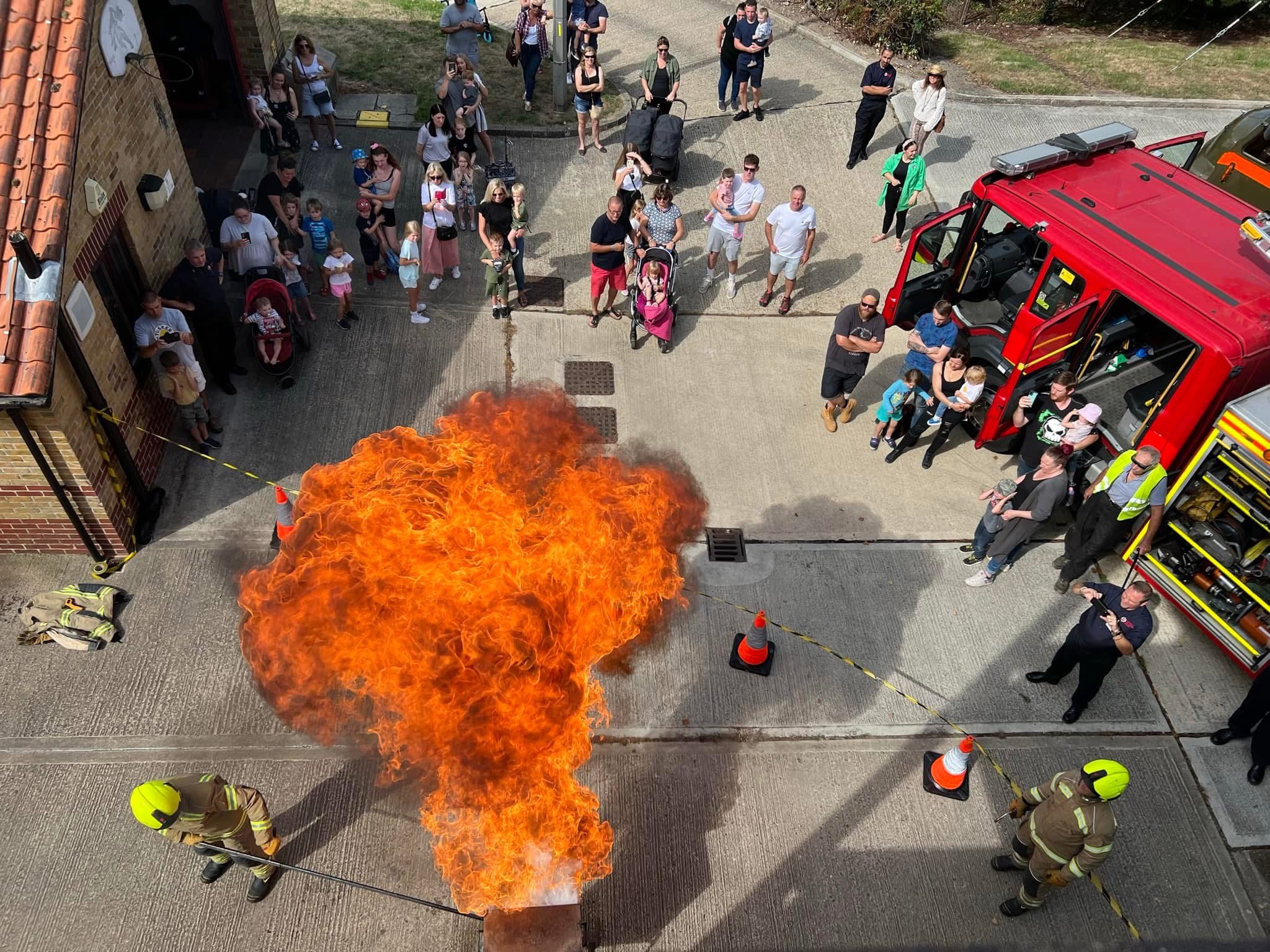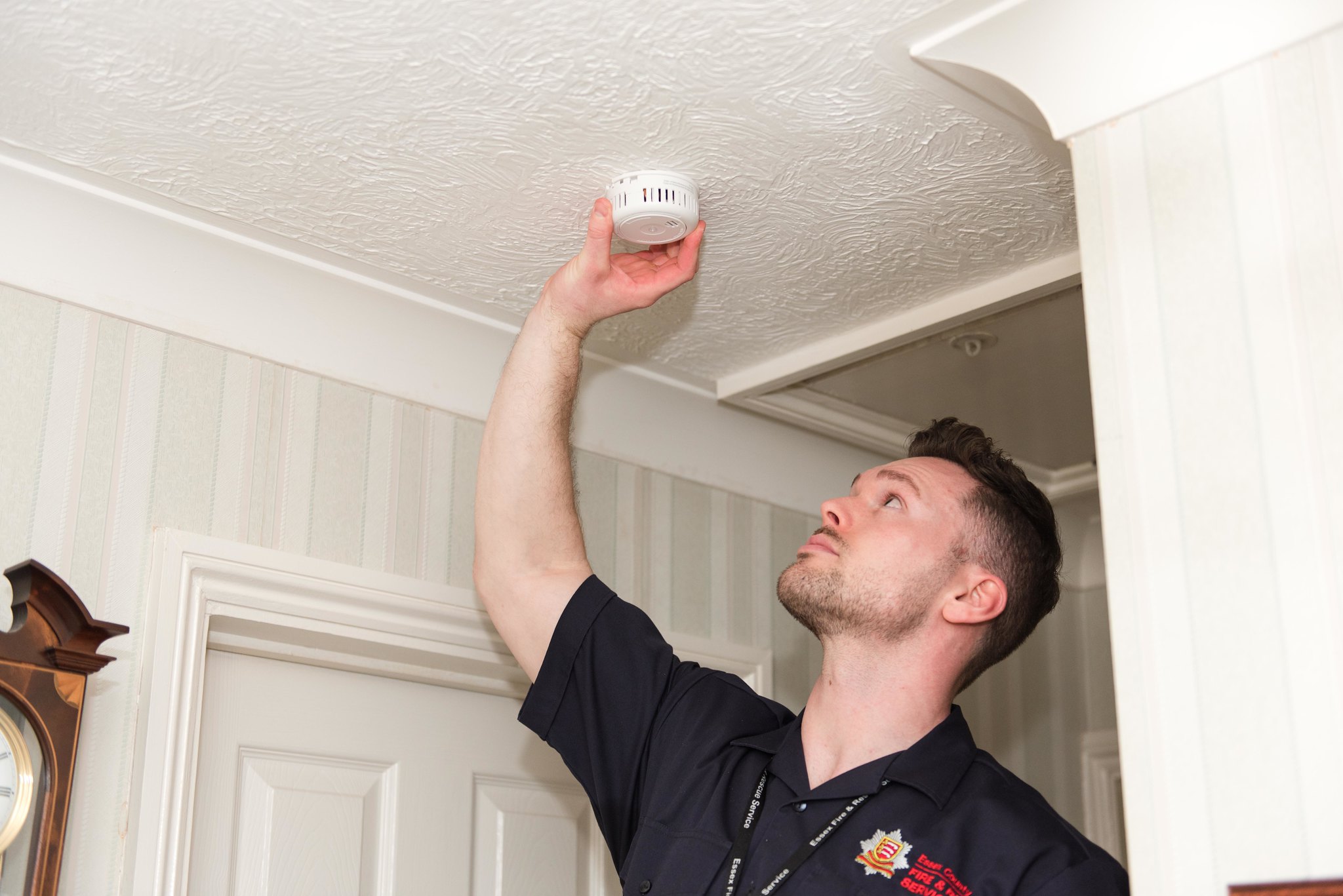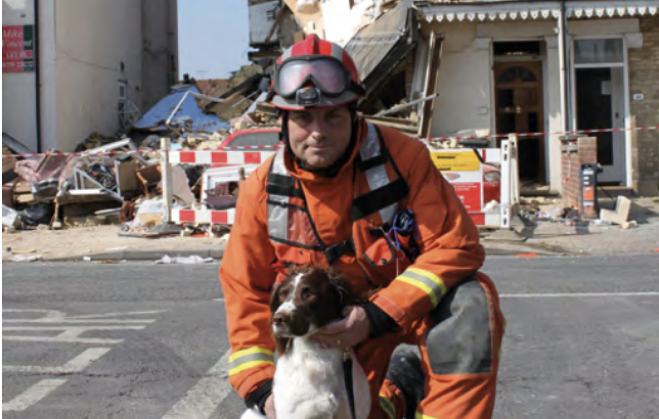Introduction
More than 1.88 million people rely on us to provide a service. A service that meets their needs. They rightly expect us to do this in a planned and coordinated way, matching what we do and the work we prioritise to the different risks they face.
Every fire and rescue service has statutory duties and responsibilities that are set out in legislation. Our Community Risk Management Plan (CRMP) sets out how we plan to fulfil these duties and keep Essex safe from fire and other emergencies.
The Fire and Rescue Services Act 2004 details our duties to:
• Respond to fires and other emergencies • Prevent fires and other emergencies
• Protect commercial and public buildings
• Educate and inform the public
In addition to the legislative framework, the Fire Standards Board continue to develop a range of professional standards for fire and rescue services. We are committed to adopting these standards into our ways of working. They include a CRMP fire standard. We have developed this plan in accordance with that standard.
Our work in preparing our risk management plan is underpinned by our Service data, the national CRMP fire standard, National Operational Guidance, service learning, our ongoing strategic assessment of risk, plus extensive engagement with our staff, representative bodies, partners and communities.
Preparing our plans
When developing our Community Risk Management Plan, we followed the requirements of the National Framework and the national Fire and Rescue Service Community Risk Management Planning Standard.
Defining scope
Through our Portfolio Management Board, a clear scope was set to deliver a Community Risk Management Plan that enables Essex County Fire and Rescue Service (ECFRS) to become one of the best Fire and Rescue Services (FRS) nationally, and drive what we do.
Hazard identification and risk analysis
We identify people, building types and places where there is a likelihood of an emergency incident happening that would have a potentially serious effect on our communities. For example, we work with the people responsible for buildings and locations to help to reduce that risk and we plan and review how we would deal with an emergency if it did occur.


